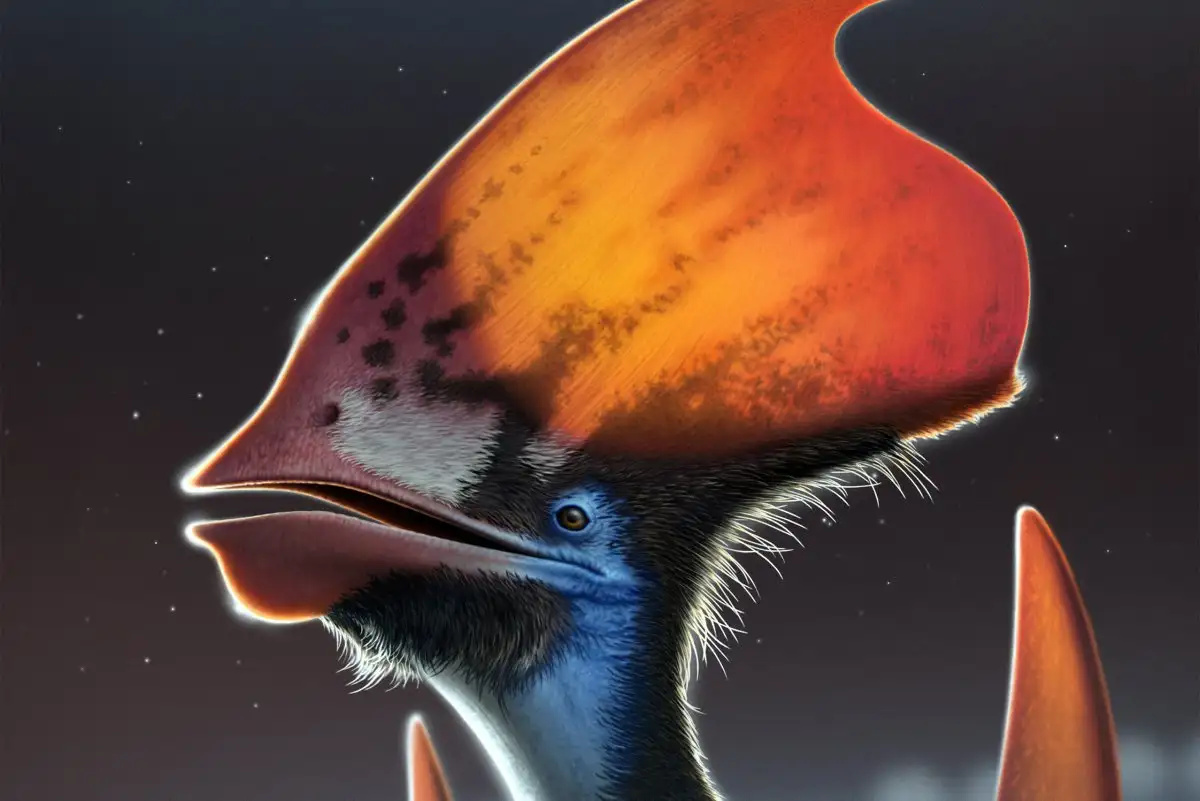By: Zoe Chen
The discovery of these fossils led to the establishing of a new species of pterosaur.
This new species had huge and muscular tongues, which helped them gulp down their prey, which were fish and cephalopods.
Now, overall, pterosaurs are not dinosaurs, even though they share the same ancestor. They are flying reptiles that existed millions of years ago with wings and beaks that look like a birds’. The pterosaur has over 200 different species and the biggest species had a wingspan of 35 feet, which is considered to be pretty long.
Museum curator Kevin Petersen found the bones of this species in 2021 in Queensland, Australia. They named this new species Haliskia peterseni after Petersen.
Researchers from Curtin University of West Australia examined the bones that Petersen had discovered, analyzing how they were shaped and how the teeth were arranged.
“The bones found from the pterosaur make up 22% of its overall frame, making it twice as complete as the only other known partial pterosaur skeleton found in Australia.
“The specimen includes complete lower jaws, the tip of the upper jaw, 43 teeth, vertebrae, ribs, bones from both wings and part of a leg,” lead researcher Ms Pentland said.
“Also present are very thin and delicate throat bones, indicating a muscular tongue, which helped during feeding on fish and cephalopods.” -BBC Newsround
They used this research information to identify this species as an anhanguerian who had lived in countries across the world, like Brazil, England, Morocco, China, Spain, and the United States.
“With a wingspan of approximately 4.6 metres, Haliskia would have been a fearsome predator around 100 million years ago when much of central western Queensland was underwater, covered by a vast inland sea and globally positioned about where Victoria’s southern coastline is today,” PhD student Adele Pentland who led on the research said.
The research team used all this information to be able to add a lot of description to this newly-discovered species of the pterosaur.











